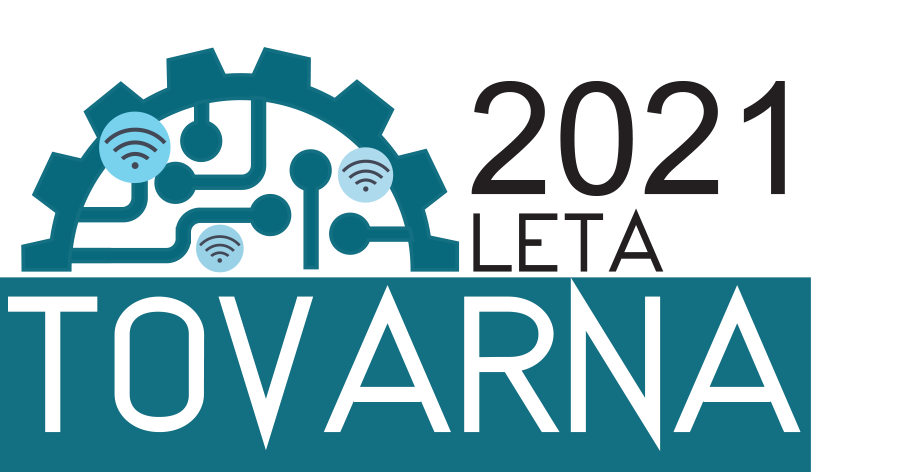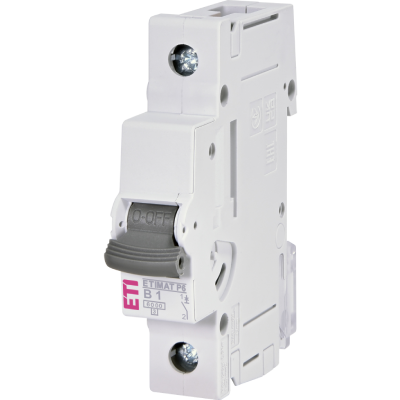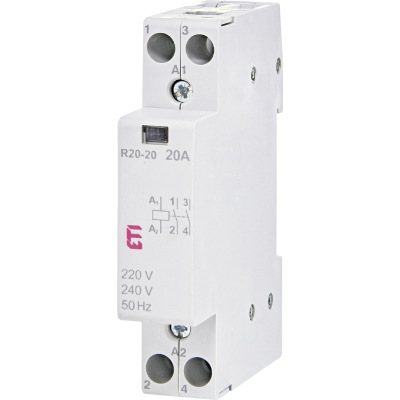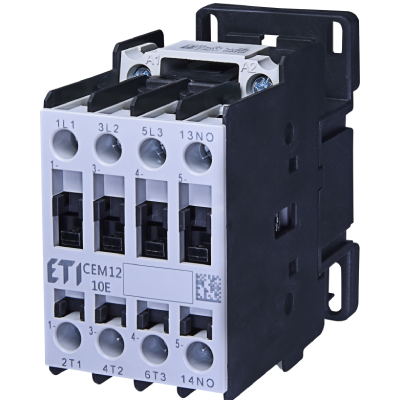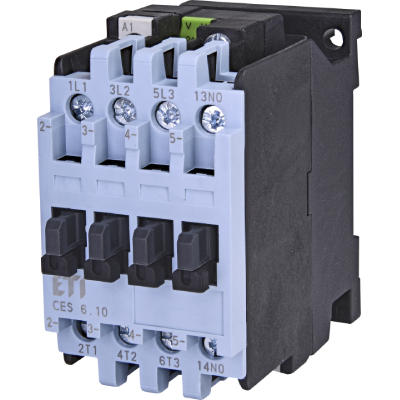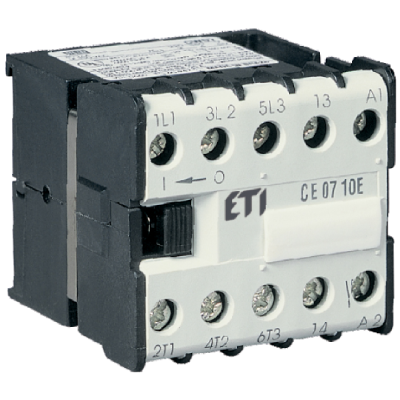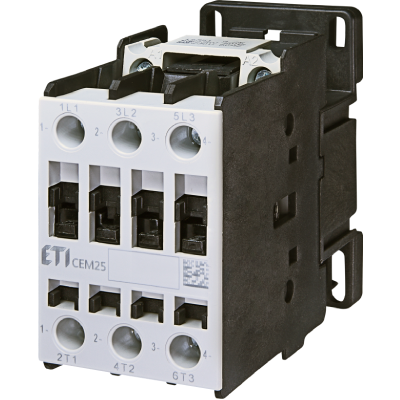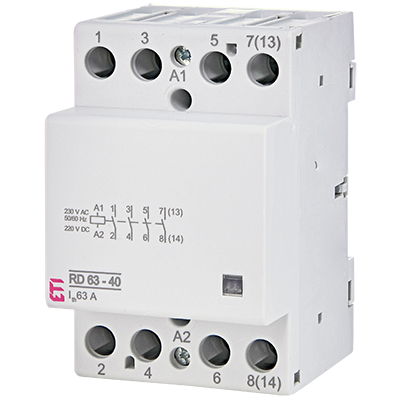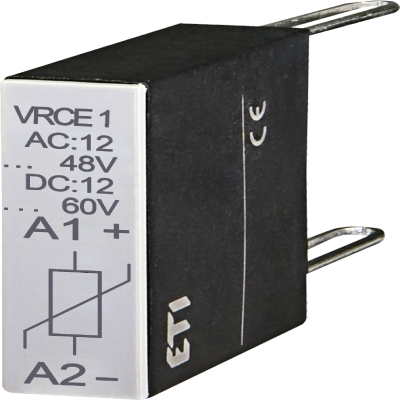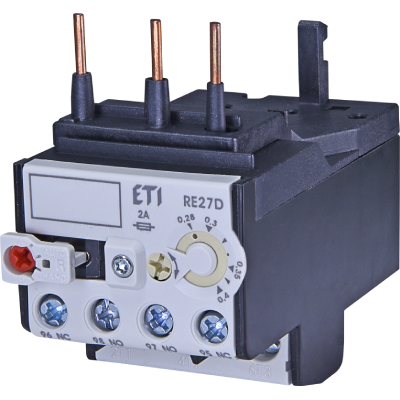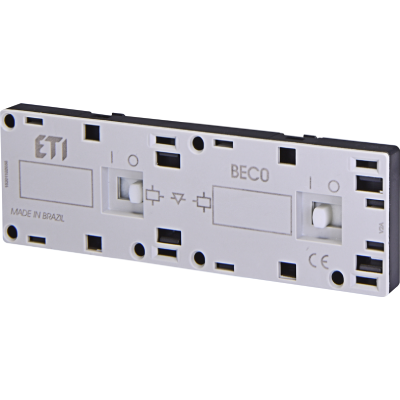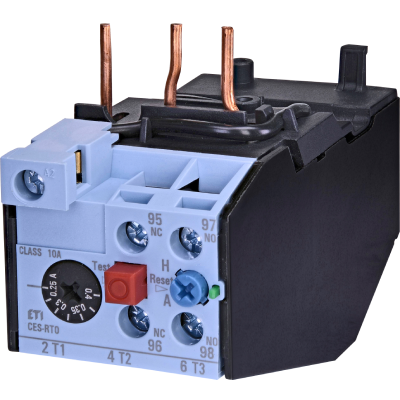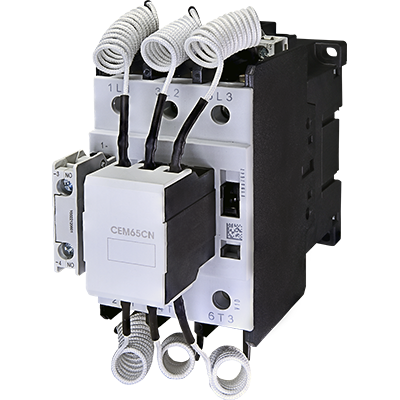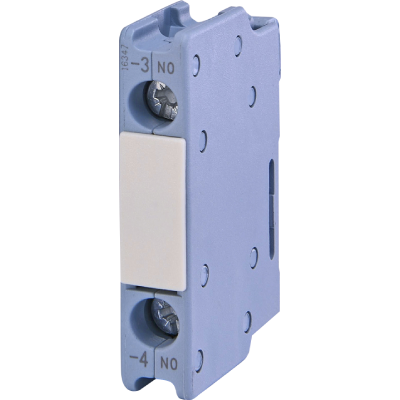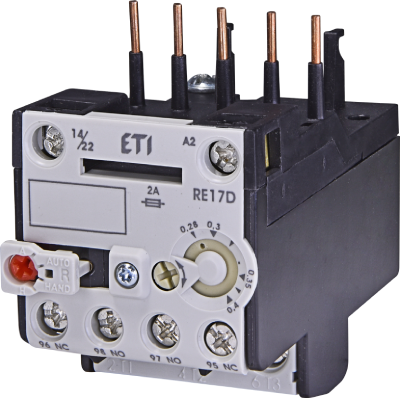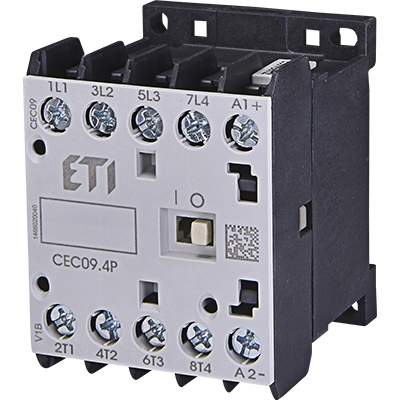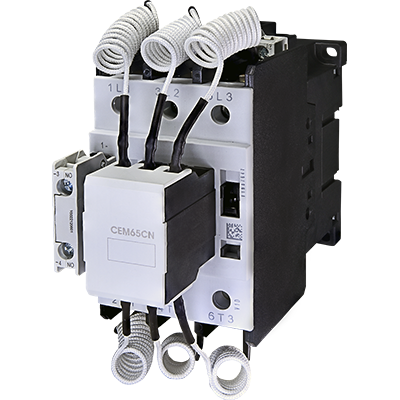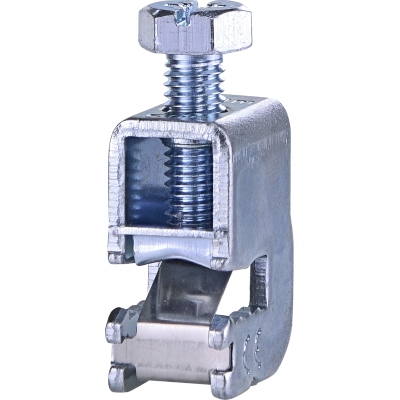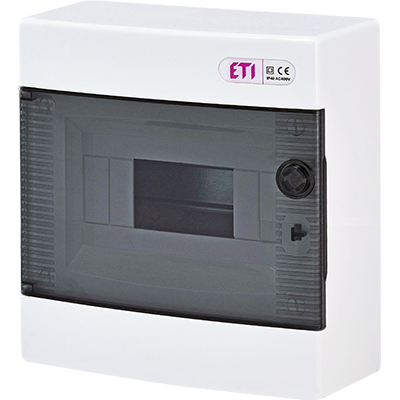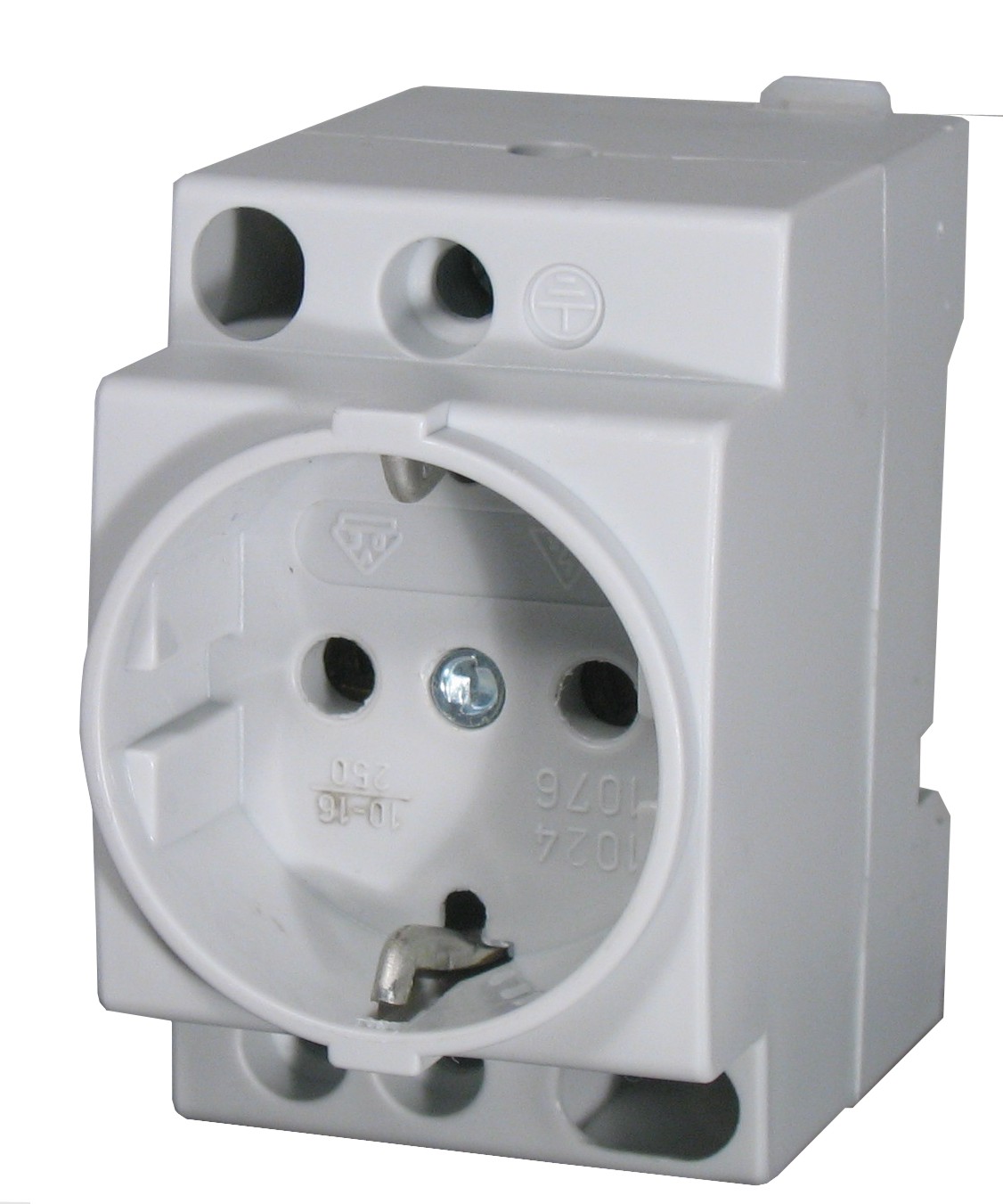Unleashing the Power of Mode 4 Charging: Safeguarding Your EV
Charger fuse for protection of highpower DC EV chargers
Safety is our top priority when it comes to Mode 4 charging systems. That's why our Charger fuse plays a vital role in safeguarding DC circuits, capable of handling voltages up to 1000V DC and rated currents up to 600A. These specially designed fuses feature unique dimensions and connection contacts tailored to meet the specific requirements of each charging application.
| Anže Jerman Product manager |
Introduction
With the rapid growth of electric vehicles (EVs), efficient and high-speed charging solutions have become essential. Mode 4 charging, also known as DC (direct current) charging, emerges as the fastest and most powerful method available. DC charging stations are specifically designed to convert the AC power from the electrical grid into DC power, which is then directly fed into the battery system of an electric vehicle for rapid charging. With this efficient conversion process taking place within the charging station itself, these units are capable of delivering higher levels of power to the vehicle compared to AC charging stations. Power outputs ranging from 50 kW to 350 kW or even higher are achievable. When dealing with such significant power levels, ensuring efficient conversion, maintaining system reliability, and prioritizing user safety become crucial factors to consider.
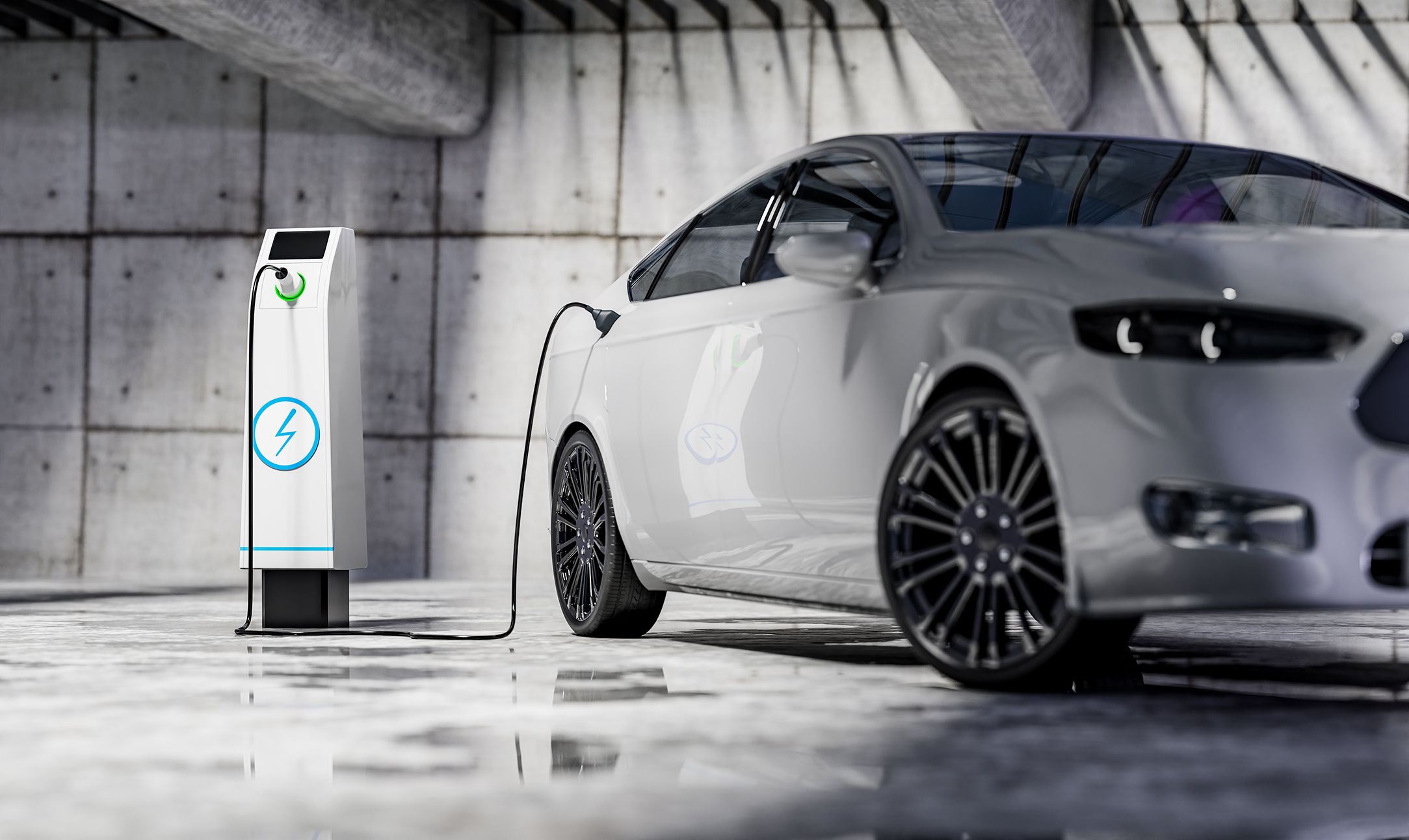
Mode 4 Charging: A Speedy Journey
Mode 4 charging is the sole charging mode that operates in DC, allowing for significantly faster charging times compared to AC charging. In Europe, two prevalent plug and socket standards dominate the EV charging landscape. The Japanese CHAdeMO and the European Combo 2 or CCS (Combined Charging System) have been adopted as the standards for public charging stations within the European Union.
Newer DC chargers boast connection capacities of up to 100kW, presenting an opportunity for swift charging sessions. However, it's important to note that the power grid's limitations can sometimes pose challenges in providing sufficient power to meet the growing demand for Mode 4 charging.
Power Limitations and Considerations
The charging power of a station depends on multiple factors, including the connected power, the capacity of other connected consumers, and the maximum charging power supported by the EV itself. In AC charging mode, most vehicles can handle a maximum charging power of 11kW, with a few models capable of reaching 22kW. Conversely, in DC mode, the power output can be significantly higher, ranging from 50kW to an impressive 350kW, subject to battery temperature and the current state of charge.
To ensure the longevity of the battery, precautions must be taken when charging a cold battery with high current. Some EVs come equipped with heating systems specifically designed for winter conditions, safeguarding the battery from potential damage. Additionally, it's important to note that fully discharged or nearly discharged batteries should not be charged at full power to prevent strain on the battery cells.
Electrical Protection: Keeping Your EV Safe
The electrical protection of DC EV charging stations is of utmost importance in ensuring a safe and secure charging environment. That is why we are introducing a new Charger fuse, which plays a critical role in safeguarding DC circuits with voltages up to 1000V DC and rated currents up to 600A.
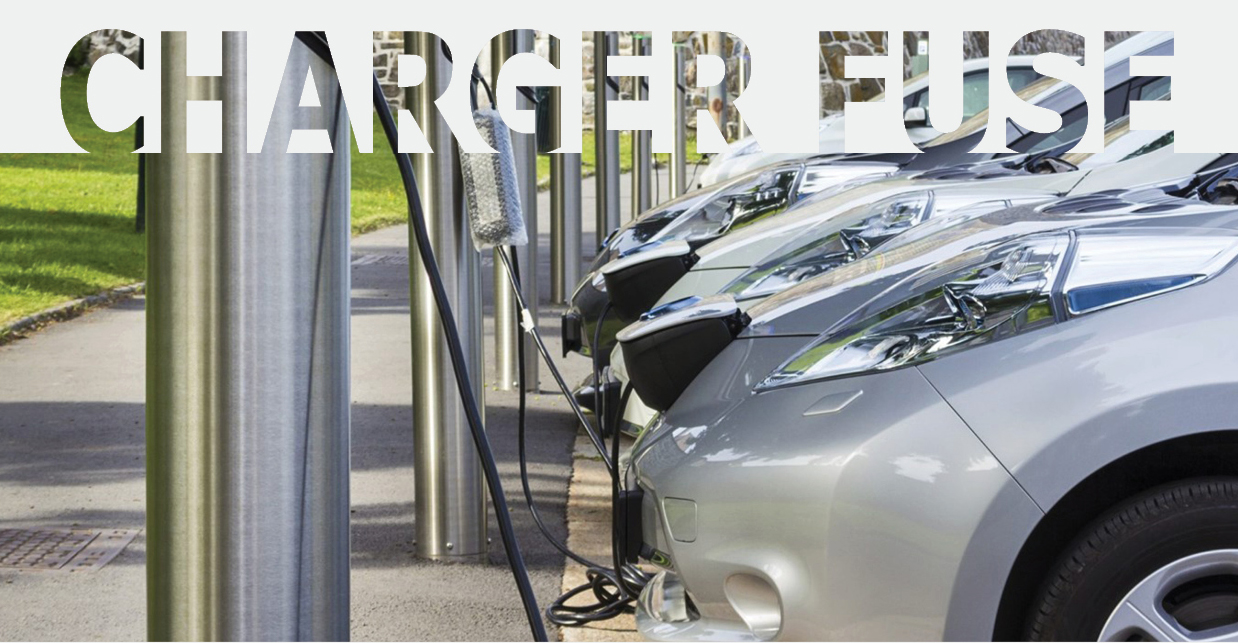
These fuses are meticulously designed with unique dimensions and connection contacts to meet the specific requirements of each application. The Charger fuse boasts impressive characteristics, including a 1000V DC voltage rating, rated currents ranging from 50A to 600A, a breaking capacity of 30 kA, and compliance with standards IEC 60269-4 and IEC 60269-6. With a tested time constant of 3 mS, it proves suitable for a wide range of DC applications. Available in aR and gPV characteristic, which further enhances its performance and reliability, the Charger fuse is ideal for public fast (high power) charging stations, where the need for efficient and robust electrical protection is paramount.
Compact fuse designs are highly sought after, allowing for easy integration and enhancing the user experience. The development of compact fuses ensures efficient protection while reducing the overall size and footprint of the charging system.
Conclusion
Mode 4 charging represents the pinnacle of charging speed and convenience for EV owners. With the ability to deliver high-power DC charging, it enables shorter charging times and a more seamless driving experience. However, it's crucial to prioritize electrical protection to ensure the safety of the charging infrastructure and the EV itself.
By adhering to industry standards, using appropriate fuses, and implementing safety measures, we can confidently embrace the power of Mode 4 charging while safeguarding the longevity and performance of our electric vehicles. Let's pave the way for a sustainable future on the roads, powered by efficient and secure EV charging solutions.

